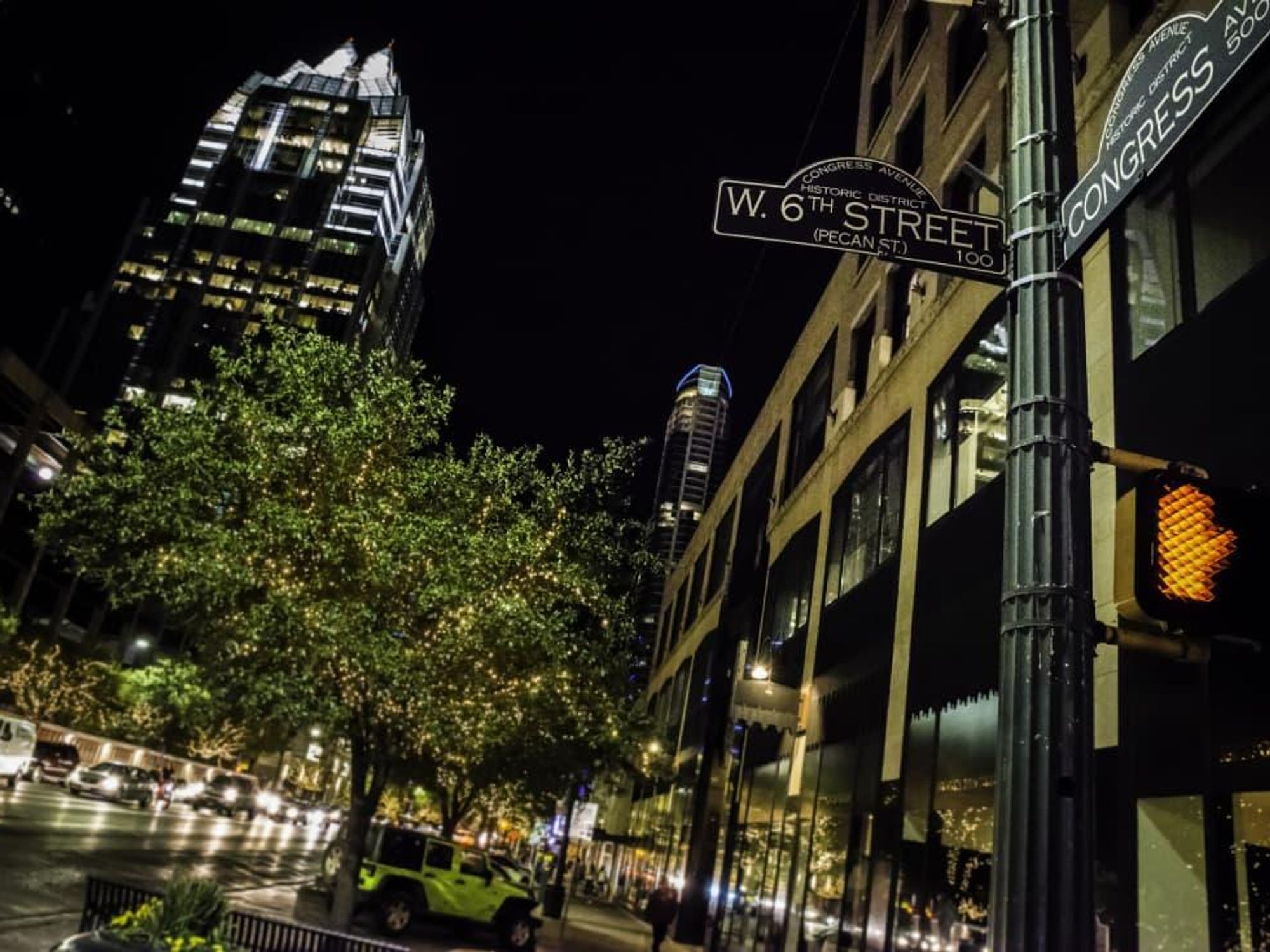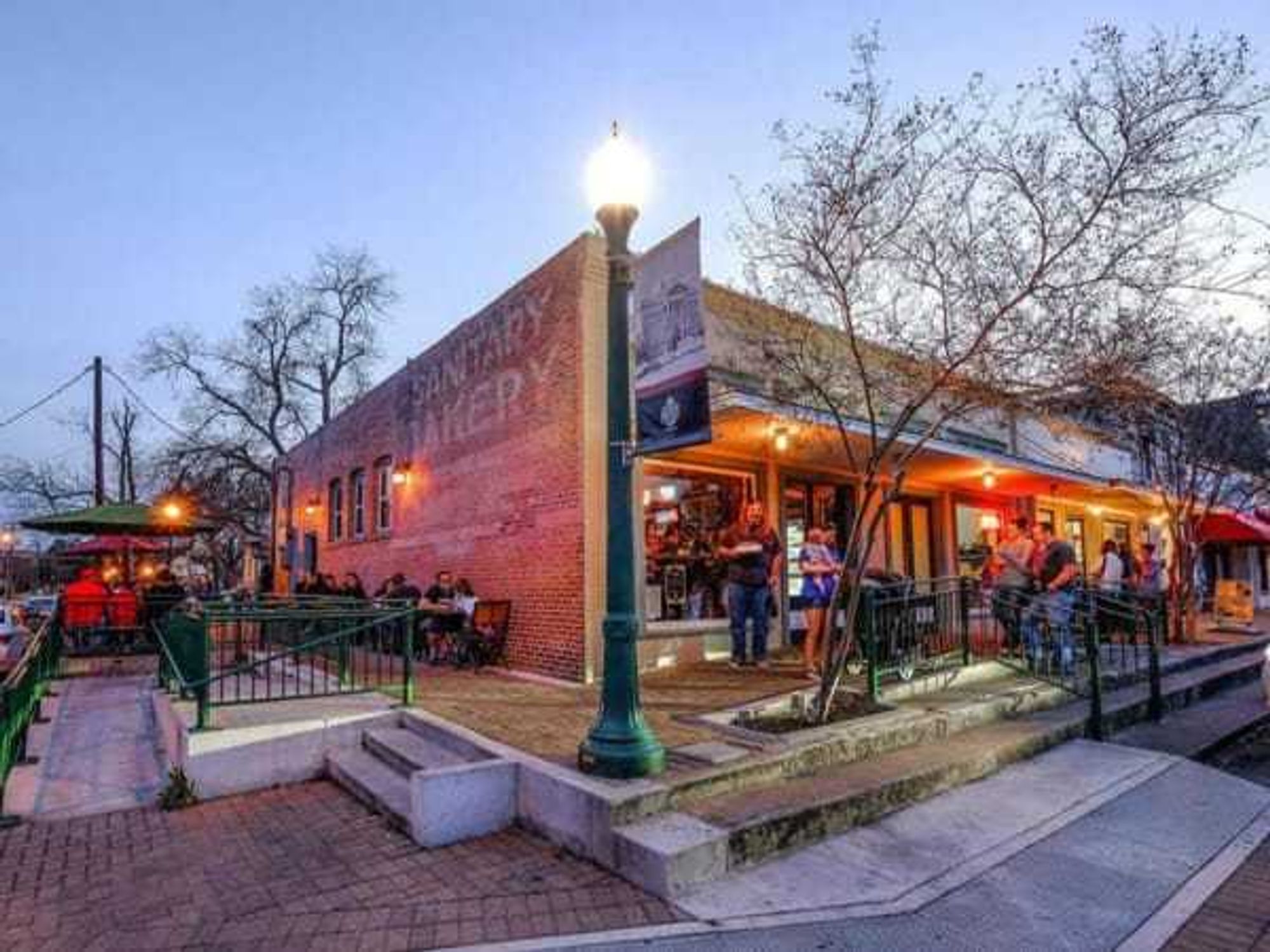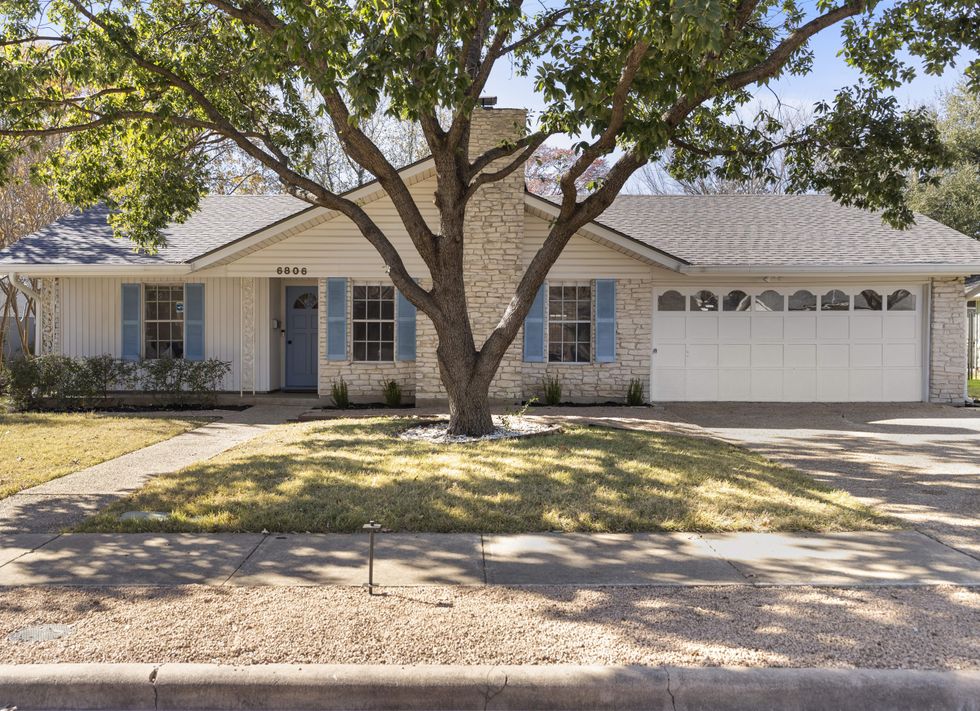We’re No. 1!
Austin crowned top commercial real estate market in U.S. in new ranking

In 2020, Austin’s commercial real estate market will be hotter than the weather in August, according to a new forecast from the Urban Land Institute and professional services firm PwC.
In the report, released September 19, Austin ranks first among 80 U.S. markets for overall real estate prospects next year. Austin ranked sixth in last year’s report and No. 2 in the 2017 report.
In this year’s report, Austin is followed by Raleigh-Durham, North Carolina; Nashville; Charlotte, North Carolina; and Boston. Dallas-Fort Worth comes in at No. 6, with San Antonio at No. 24, and Houston at No. 42.
“Throughout this period of extended economic growth, real estate development has been dominated by creative mixed-use projects that have revived many urban areas,” W. Edward Walter, global chairman of the Urban Land Institute, says in a release. “Going forward, those who continue to innovate with spaces that can be easily be repurposed as cities evolve will have a competitive edge. Staying ahead of change means being flexible and adaptable.”
Findings in the report are based on interviews and survey responses from more than 2,200 real estate experts, including investors, developers, lenders, and brokers.
In the forecast, Austin ranks first for industrial real estate prospects in 2020, sixth for homebuilding, seventh for retail, eighth for office properties, ninth for apartments, and 10th for hotels. The report cites favorable factors such as Austin’s deep pool of talent, “unique and popular” lifestyle, and “ambitious commitment” to business and real estate expansion (including the planned $1 billion Apple campus in Northwest Austin).
These factors “are being challenged by the city’s own success,” the report cautions. “Traffic is an ongoing issue. Housing affordability pressures are rising.”
Still, employers keep flocking to Austin. For example, AfterShokz, a maker of sports headphones, said September 9 that it has relocated its North American headquarters to Austin from East Syracuse, New York. It’s currently operating out of temporary space at a WeWork location near the University of Texas but plans to move to permanent space at the Domain in March. AfterShokz plans to employ as many as 40 people in Austin by the end of 2019 and about 85 by the end of 2021.
“AfterShokz is a fast-growing company, and we needed to find a city for our corporate headquarters that could support the expansion of our brand,” Kimberly Fassetta, chief marketing officer of AfterShokz, says in a release. “Austin’s energy, culture, talent pool, and community of leading technology innovators and thriving outdoor brands are what drew us to the city.”
Not far behind Austin in the Urban Land Institute/PwC forecast is No. 6 Dallas-Fort Worth. It ranks sixth for hotels, ninth for homebuilding, ninth for industrial real estate, 10th for retail, and 12th for office properties.
The forecast mentions expansion of Dallas/Fort Worth International Airport, construction of a regional Amazon hub at Alliance Airport, and development of the Cotton Belt commuter rail line as pluses for the region.
“Texas optimism is legendary, but DFW’s growth trajectory suggests that this positive spirit is well justified,” the report says.
Although San Antonio ranks 24th overall and “sometimes seems eclipsed by Austin, Dallas, and Houston,” the report says, its “performance should not be discounted.”
The report highlights the San Antonio area’s population 2010-18 population growth of 17.5 percent, and its rising presence as a cybersecurity center.
While Houston appears at No. 42 overall, the forecast applauds the region’s diversity among its residents and employers, and its 10.7 percent population gain since 2010.
“Our survey respondents, however, cannot shake the evidence of Houston’s greater-than-average economic volatility,” the report says.

 This recently renovated home was featured in the cult classic film Dazed & Confused. Photo courtesy of AV Media Company/Compass
This recently renovated home was featured in the cult classic film Dazed & Confused. Photo courtesy of AV Media Company/Compass